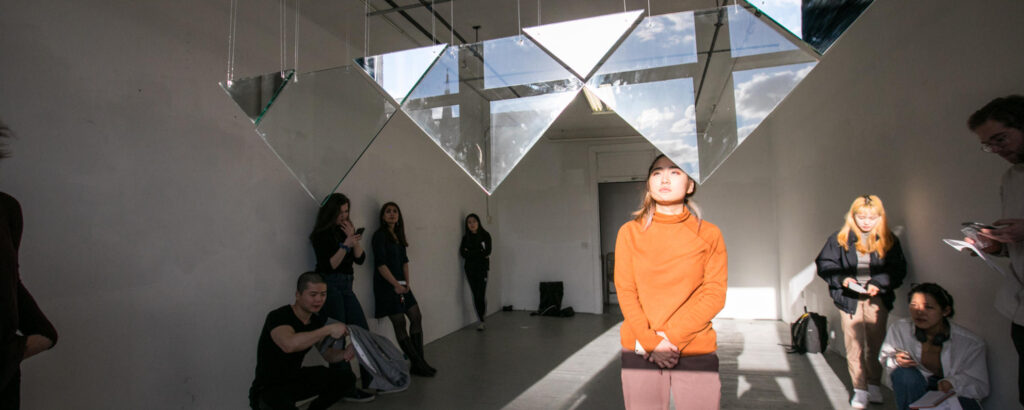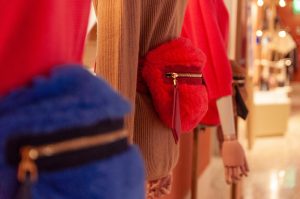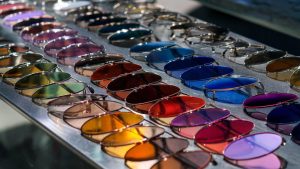From Experimental and Foundation Studies to specialised undergraduate and graduate programs, Rhode Island School of Design fosters a learning environment where experiment meets intention. Whether students work with fabric, metal, code, or paint, they challenge conventions, expand their conceptual frameworks, and articulate their creative voice.
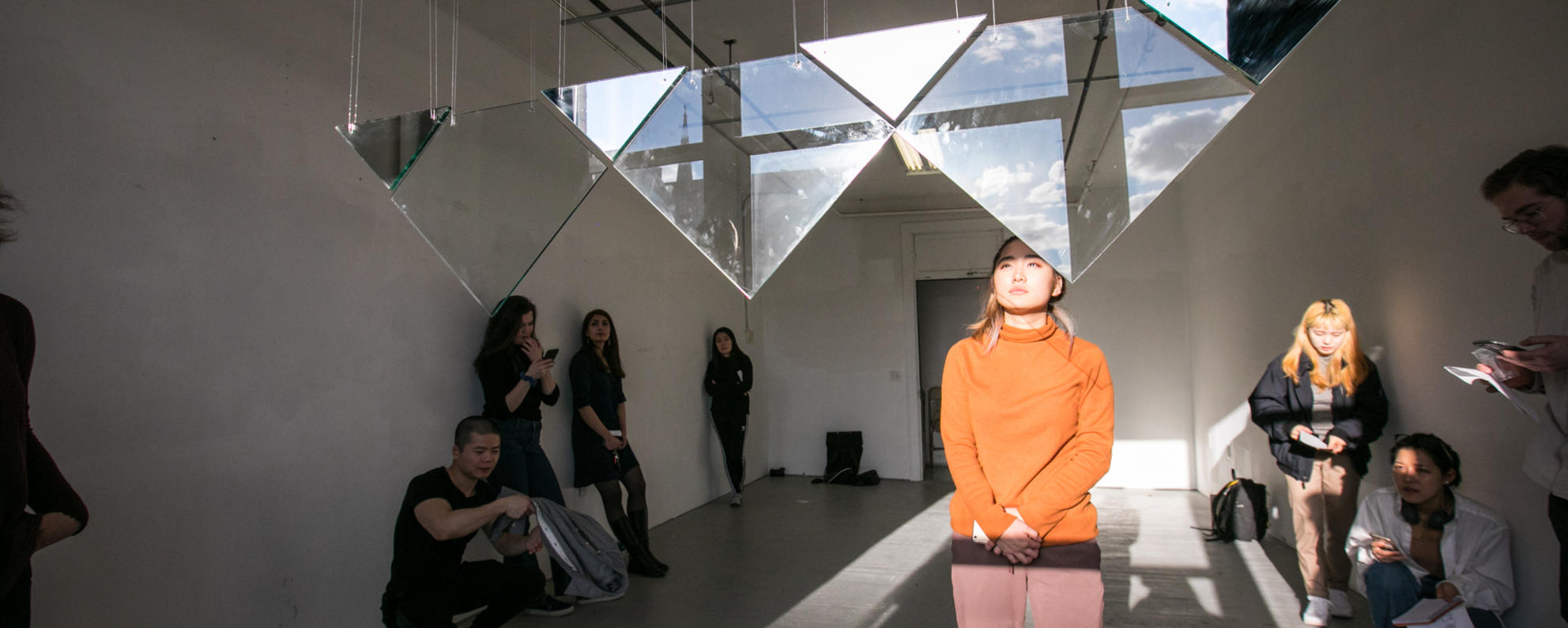
Rhode Island School of Design
Rhode Island School of Design has nurtured artists across disciplines including Visual Artists Do Ho Suh, recognised for large-scale installations exploring identity, memory, and space.
Some of the top conceptual artists like Tavares Strachan whose work spans science, space, identity, and culture have been an alumnus of this institute. Rhode Island School of Design has also given the world top fashion designers like Nicole Miller, comic book artist and graphic novelist – David Mazzucchelli, and legendary textile designer Jack Lenor Larsen.
So what makes Rhode Island School of Design stand out among the top fashion institutes worldwide?
This article explores some of RISD’s most distinguished programs—each one offering students a pathway to excellence, innovation, and impact in the fields of art and design.
Apparel Design BFA
The four-year Apparel Design BFA encourages students to develop their unique potential and establish a distinct design language. Here they learn to articulate their creative process and design concepts, moving between the physical, visual and technological. Fostering practices rooted in embodied tactile materiality and ethical consciousness, the program asks them to challenge the relentless cycle of contemporary fashion—to slow down, rethink and, through multidisciplinary creative approaches, reimagine the notion of clothing and question the systems of its making.
During sophomore year, students explore apparel and ornamentation as a means of identity projection or expression. Studios offer a conceptual lens through which majors investigate individual and social identity, and core design and construction skills, including interdisciplinary approaches to making. Through self-expression and visual communication, juniors learn to center their creative voices within the design process.
The four-year Apparel Design bachelors program equips students with the technical, artistic and social attributes to positively impact creative industries. Students in the program develop an approach to apparel design informed by an understanding that clothing the body is self-expression. They investigate clothing on ideological terms, examining how apparel designers present and represent bodies, how clothing connects to identities and how aesthetics, apparel design and sensorial human experience relate to one another. Students also gain a deep understanding of positive and sustainable practices, acquire a base in traditional making and craftsmanship, including drawing, pattern cutting, flat pattern, and 3D draping, garment construction and fitting, and develop effective communication and presentation strategies, problem setting, project planning and organization.
Over the course of the final year, students create a series of works that demonstrate their philosophy and vision, and establish their authentic design language and identity. As they develop the capacity to express their mission and concepts, they become better equipped to communicate ideas to their intended audiences and potential collaborators. The year-long thesis experience culminates in a body of work that addresses the multifaceted ways that apparel and adornment activate personal and collective expression—in the form of a physical body of work, a portfolio, lookbook, film short and written essay.
Graphic Design BFA
The four-year BFA in Graphic Design helps students build an informed design process that will support them in pursuing real-world design opportunities. Throughout the program they gain a strong understanding of the design principles, theories of communication and strategies for problem solving.
Sophomores begin exploring visual principles of form, image, colour and typography. Conceptual thinking in communication theory, visual systems and information design forms the focus of the junior year. Senior year emphasizes design applications, with electives available to expose students to specific areas of graphic design practice. Juniors and seniors can also pursue professional internships.
The program educates students to become resourceful designers engaged in reflexive, responsible and sustainable practices. Graduates are prepared to evaluate and critique the effectiveness of visual communication work, respond to a communication by determining an appropriate perspective and following through by form-making using editing, aesthetics and appropriation, develop personal methods that culminate in a cohesive body of work, independent studio practice or entrepreneurship, and work with contemporary and historical tools.
Graphic Design majors work in dedicated studios in the Design Center, where they have access to digital and traditional printing and photographic resources, as well as specialized facilities for bookbinding, paper-making and screen-printing. In addition, visiting designers offer alternative design perspectives from around the world.
Jewellery + Metalsmithing BFA
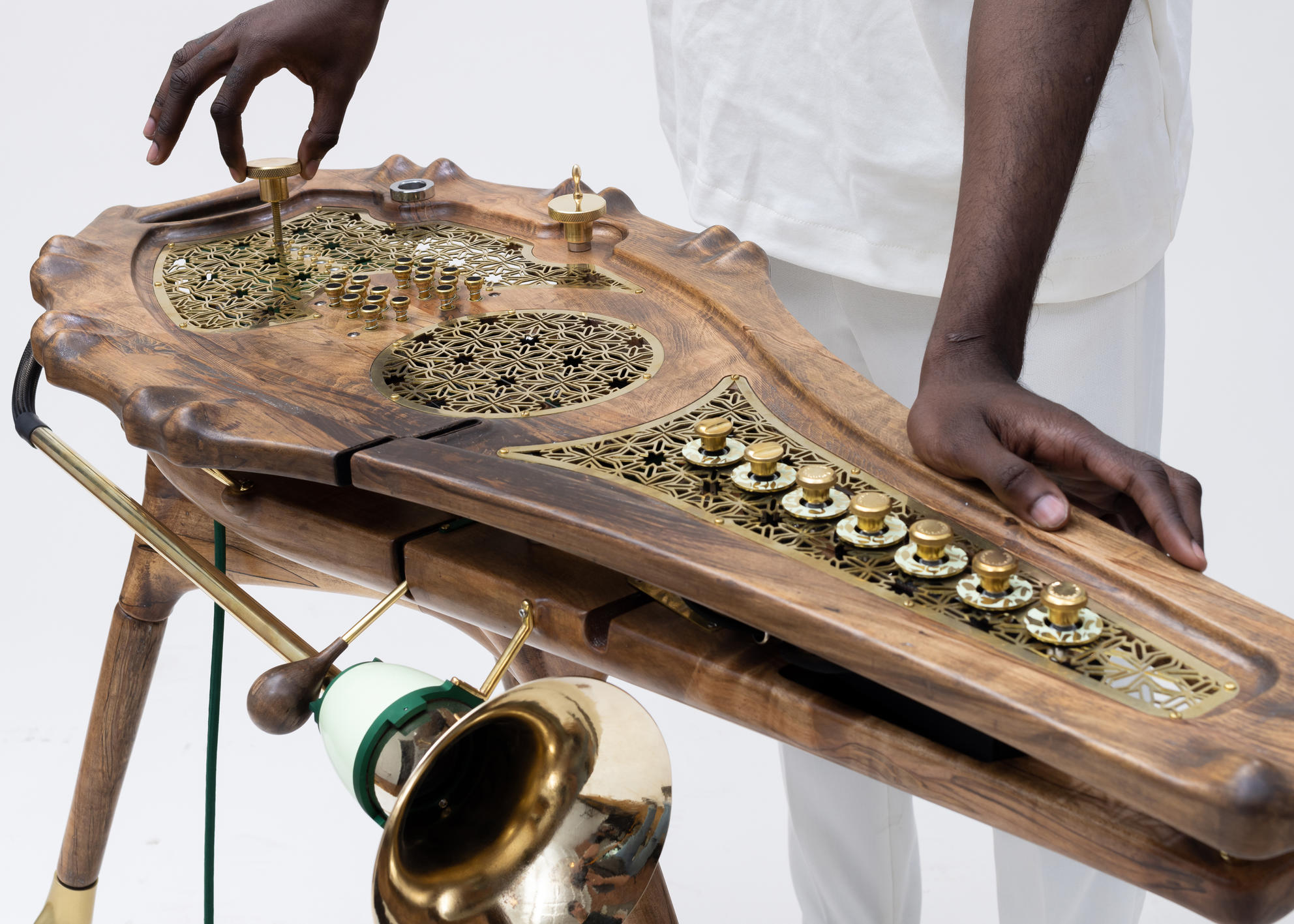
Rhode Island School of Design
The four-year Jewellery + Metalsmithing BFA offers conceptual and technical challenges that help students execute design solutions. Faculty help students hone critical thinking and making skills through challenging assignments, selected readings and discussions, and by encouraging unconventional approaches.
In the first year of the program, sophomores learn fundamental design principles, the history of adornment and the traditional skills of the gold and metalsmith. Students develop their own design process for jewellery, learning computer design skills, formal techniques, and the basics of enamelling, casting and alternative materials usage.
Graduates are prepared to think critically by questioning, evaluating options and being aware of their own working methodologies and mastering technical processes inherent to creating original work responsive to contemporary materials and methods. They demonstrate understanding of traditional gold and silversmithing and contemporary jewellery making, in terms of methods, history and culture, create work that is personally expressive and responsive to global values, source materials that consider environmental sustainability, and develop agility, skills, sensibilities and rigor.
Approximately thirty undergraduate students working with all types of materials and techniques in RISD’s Metcalf Building. Faculty provide focused, individual attention in class and as students work on their own in the studio. Throughout the program, visiting artists offer exposure to critical analysis and artistic practices in the field. In addition, the department assists students in finding professional internships at select studios.
Textiles BFA
RISD’s Textiles BFA prepares students to become a highly skilled designer while taking a fine arts approach to making, with special projects and classes focusing on creating one-of-a-kind works of art. In the first year they learn print design, silkscreen, weaving, knitting and dyeing before focusing on areas of interest, developing individual concepts and broadening perspectives by taking courses in other disciplines.
Graduates engage in the design process by framing a premise and iterating material responses as an idea evolves, understand the purpose of a finished work, articulate inspirations, explain interpretations and defend solutions in one’s creative process. They demonstrate competency in colour, pattern, texture, structure and materiality—in regards to two- and three-dimensional work, create weaves, knits and surface works; explain the field in the context of art, architecture, design and technology; and demonstrate historical and theoretical awareness of the textile field and its disciplinary, cultural and economic contexts. Finally, they recognize environmental, sustainability and social concerns related to textiles.
Approximately eighty undergraduates and a dozen graduate students work together in studios. In addition, the practicing professionals support their development as an artist and designer. Faculty work with students individually and in groups to help them develop a strong personal vision and understanding of the discipline.
Design Engineering, MFA
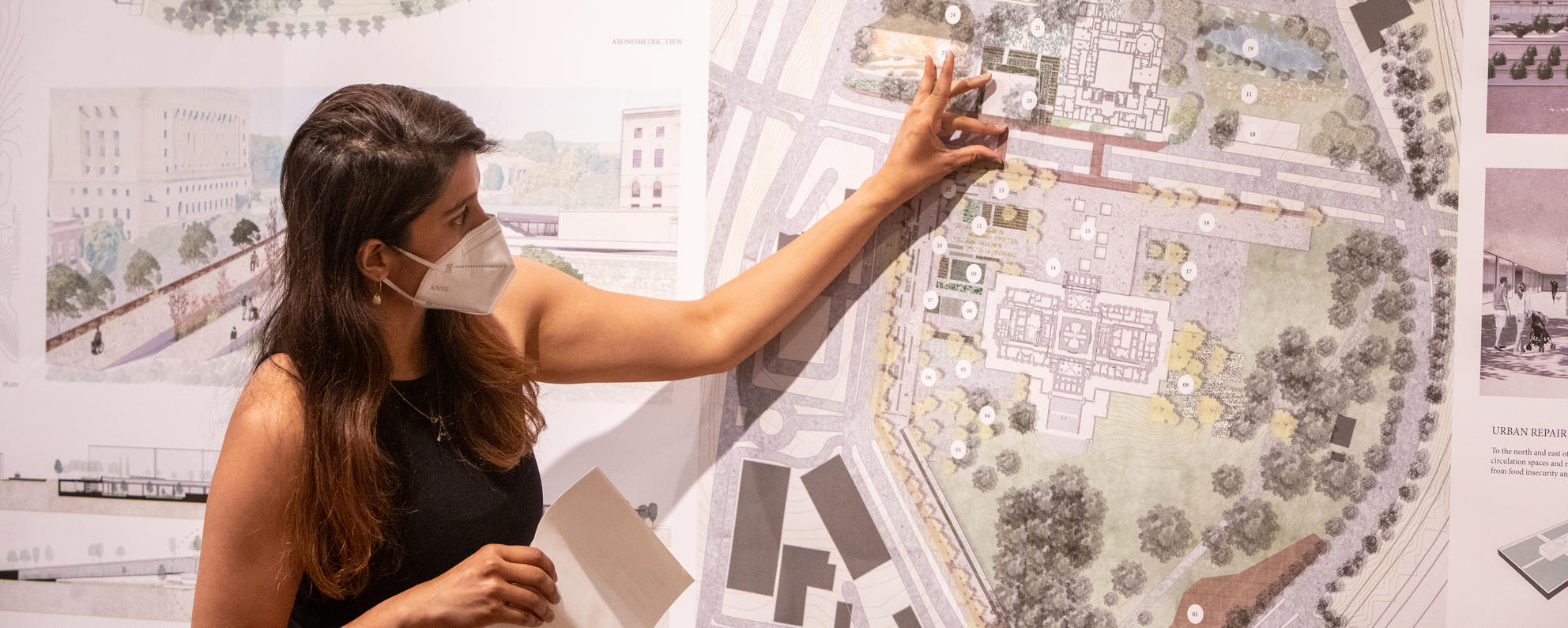
Rhode Island School of Design
A partnership between RISD and Brown University, the Master of Arts in Design Engineering is an intensive program that fosters innovation at the intersection of design and engineering. Collaboration is central to the program, as students work with experts to envision alternative frameworks for addressing public health, education, and climate change. Here they develop effective solutions through iterative making and testing and express ideas through the objects you create, towards an ultimate goal of improving lives.
In this 11-month program, students use creativity, analytical reasoning and research skills to produce work that responds to small- and large-scale challenges. They work primarily in studios and shops, including a well-equipped maker space for prototyping, and form ties with designers and engineers. Additionally, they engage in project-based work with professionals in science and technology education, healthcare, user experience design, human computer interaction, HAI and more.
In the studio, students engage in hands-on experimentation and iterative problem solving. Using design research and advanced fabrication techniques, they transform ideas into functional designs while pushing the boundaries of the synergy between design and engineering. Students benefit from the strengths of RISD and Brown. The program lets them collaborate with faculty who support in synthesising the perspectives and contexts they will encounter in practice.
Global Arts and Cultures MFA
RISD’s MA program in Global Arts and Cultures examines pressing contemporary issues at the intersection of globalisation and cultural production. By uniting critical theories from the humanities and social sciences with studies in the history and theory of visual, design, performative and literary arts, students investigate diverse forms of making and their entanglements with systems of power and resistance.
The GAC MA program provides foundation in social and cultural theory for artists, designers and architects, as well as students pursuing work in museums and galleries, creative industries, activism, policy making, entrepreneurship and academics. In acquiring new cultural and political literacies, students gain the capacity to speak to multiple audiences, intervene in current debates and navigate global systems.
The curriculum is designed to establish frameworks for critical inquiry and develop individual research projects. Core courses survey theoretical discourses, explore research across traditional disciplines, and provide guided thesis preparation. Electives expose students to topics in the history of global art and design, literature, performance, and visual and material cultures. In close consultation with faculty mentors, students devise research projects that culminate in the completion of a master’s thesis based on original investigation, critical and historical analysis, and innovative forms of written and visual communication.
Painting MF
MFA in Painting emphasizes critical and artistic growth through the evolution of a rigorous studio practice. During the two years in residence, students take on a serious investigation of the possibilities and realities presented by contemporary painting. Graduates are prepared to display an understanding of contemporary visual art and demonstrate the intention, motivation and tools required to pursue a career as an artist. They also demonstrate the visual, verbal and technical skills needed to engage with cutting-edge discourse in contemporary art, produce artwork that makes use of the interdependence between content, form, process and context, and appreciate the material qualities and physical aspects of works.
Students display familiarity with historical and contemporary approaches to visual art, demonstrate critical reasoning with broad historical overviews and social insight, support intellectual and academic freedom, deliver discerning critiques of their own work and individualize their approaches to visual art-making. MFA candidates work in Painting studios aside from students from other disciplines. This fosters informal support and an exchange of ideas among peers—an ongoing dialogue informed by critical feedback from faculty, visiting artists, critics and curators via individual and group critiques.
Graduates have 24-hour access to private and semi-private studios in RISD’s Fletcher Building, a space that promotes discourse with peers in other fine arts graduate programs. It also houses critique spaces, a wood-shop and a computer area for shared use. Regularly scheduled trips to museums and galleries in New York City give them a taste of the professional art world, and visits to artists’ studios provide insight into what it’s like to be a practicing artist.
Sculpture MFA
Emphasizing visual and critical literacy, Sculpture MFA gives students support to develop an interdisciplinary practice. The curriculum supports participation in critical discourse and the development of interdisciplinary research modes that actively support varied ways of working and thinking. Here students also have access to advanced technologies, and faculty encourages them to pursue social and alternative practices.
MFA candidates engage in two years of intensive individual research and creative activity. Graduates are prepared to express an understanding of contemporary visual art, demonstrate the intention, motivation and skills required to pursue and sustain a career as an artist, and articulate the conceptual framework that informs individual pieces, collections and overall practice. They demonstrate knowledge of intersectional discourse and methods of making, understand how to ethically practice within the framework of community engagement, write syllabi, formulate a teaching philosophy and think through pedagogical hurdles., support, cultivate and participate in high-level intellectual and academic discourse, and articulate studio and conceptual concerns.
The MFA program brings together faculty and students with broad-ranging interests that include, but are not limited to advanced technologies, robotics, science fiction, fabrication, performance, object oriented ontology, queer theory, critical race theory, cinema and dance. Core faculty act as mentors who engage with each student and foster a supportive ethos. The department’s visiting artist program series brings outside professionals to campus each semester for lectures, studio visits and critiques. Students also benefit from meetings with core faculty and discussions with students.
Graduate students have 24-hour access to private and semi-private studios in RISD’s Fletcher Building, with critique spaces, a wood-shop and a computer area for shared use. Sculpture MFA students enjoy access to the Metcalf Building, home to an expansive wood-shop and metal shop, and a state-of-the-art foundry that supports bronze and aluminum pouring, wax-working, patina, and rubber mold making. They can also take electives across the spectrum of RISD disciplines, as well as at Brown University. RISD’s proximity to Boston and New York affords access to museums, galleries and practicing professionals.
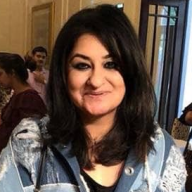
Jasmeen Dugal is Associate Editor at FashionABC, contributing her insights on fashion, technology, and sustainability. She brings with herself more than two decades of editorial experience, working for national newspapers and luxury magazines in India.
Jasmeen Dugal has worked with exchange4media as a senior writer contributing articles on the country’s advertising and marketing movements, and then with Condenast India as Net Editor where she helmed Vogue India’s official website in terms of design, layout and daily content. Besides this, she is also an entrepreneur running her own luxury portal, Explosivefashion, which highlights the latest in luxury fashion and hospitality.


